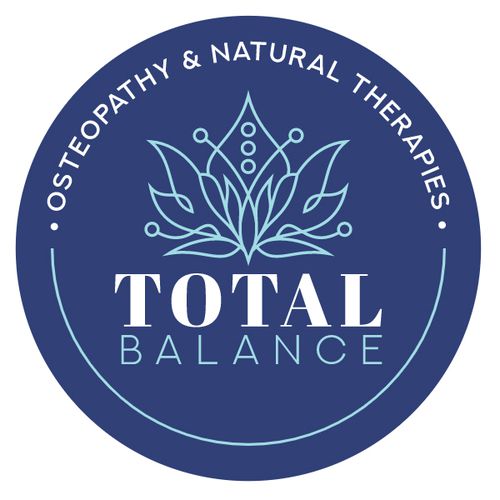
Osteopathy and sport
Whether you are a weekend warrior or an elite athlete, your osteopath can help prevent and treat many sporting injuries, including:
- neck and back strains
- shoulder, elbow and wrist injuries
- hip and pelvic injuries such as osteitis pubis
- knee, leg and ankle injuries.
Reduced joint or muscle flexibility will affect your performance and may result in injury if you don't realise that you can't perform at your usual level. If you do become injured, your osteopath is highly trained to facilitate a return to optimal function and prevent compensatory strains from occurring. This will minimise re-injury and allow a quicker return to physical activity.
Osteopathic treatment involves safe, gentle and effective manual techniques, including soft tissue stretching, mobilisation, inhibition and manipulation. These techniques assist in improving elasticity, strength, endurance, mobility and performance.
Sport and children
Children need to grow with optimal mobility, strength and balance. Sport and exercise can place exceptional demands on their bodies. Children should be cared for by professionals who are fully aware of the needs of young growing bodies.
Before treating your child, the osteopath will perform a comprehensive physical examination and refer to other health care professionals if necessary. The osteopath can provide nutritional advice along with strategies, exercises and routines to help your child avoid further injury and stay healthy, happy and active.
What to do when you suffer a sports injury
To avoid injury whilst playing sport, make sure you warm up and warm down with stretches. You should also drink plenty of water to keep your spine more mobile. If you do get injured, remain calm and apply the following basic first aid procedure:
- Rest – to reduce further stress to the injury
- Ice – apply an ice pack for 10 minutes every hour to reduce inflammation
- Compress – gently apply bandages towards the heart to minimise swelling
- Elevate – raise the injured area to improve drainage.
Seek proper medical assessment, including osteopathic assessment, as soon as you can.
Did you know?
- Osteitis pubis is related to pelvic and lower limb strains
- Hamstring and groin injuries invariably involve low back or pelvic restriction and imbalances
- Knee pain is related to poor foot and ankle mechanics, thigh muscle tension and hip dysfunction
- Shoulder injuries can be caused by tension in the ribs, neck, shoulder blade and upper back
- Shin splints involve poor mechanics of both leg bones
- Joint injections and pain killers may only mask the problem. Unless you deal directly with the cause of your problem, further injury and joint degeneration will result.
What is Osteopathy?
Osteopathy is a form of manual medicine which recognises the important link between the structure of the body and the way it functions. Osteopaths focus on how the skeleton, joints, muscles, nerves, circulation, connective tissue and internal organs function as a holistic unit.
Using skilled evaluation, diagnosis and a wide range of hands-on techniques, osteopaths can identify dysfunction in your body. Osteopathic treatment uses techniques such as stretching and massage for general treatment of the soft tissues (muscles, tendons and ligaments) along with adjustments of specific joints and soft tissues.
In Australia, osteopaths are government registered practitioners and complete a minimum of five years university, which covers anatomy, physiology, pathology, general medical diagnosis and osteopathic techniques. Osteopaths are primary healthcare practitioners and are trained to recognise conditions which require medical referral. They are also trained to carry out standard medical examinations of the cardiovascular, respiratory and nervous system.
For more information on osteopathy, visit our Osteopathy Australia (formerly Australian Osteopathic Association) feature page.
This article was kindly brought to you by the Osteopathy Australia (formerly Australian Osteopathic Association).
© Australian Osteopathic Association 2008. All rights reserved. No part of this publication may be reproduced without the prior permission of the copyright owner.
Originally published on Nov 10, 2009








